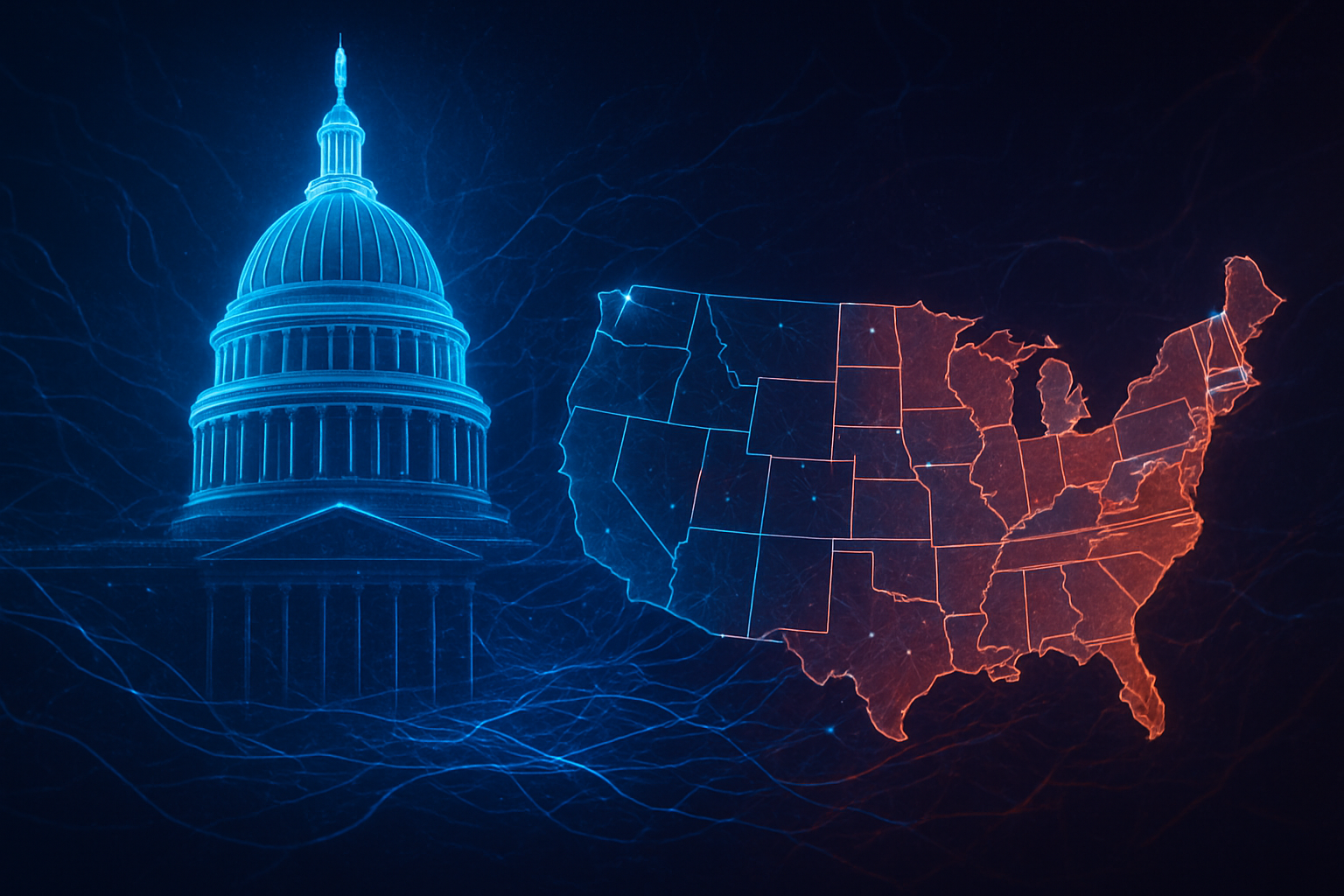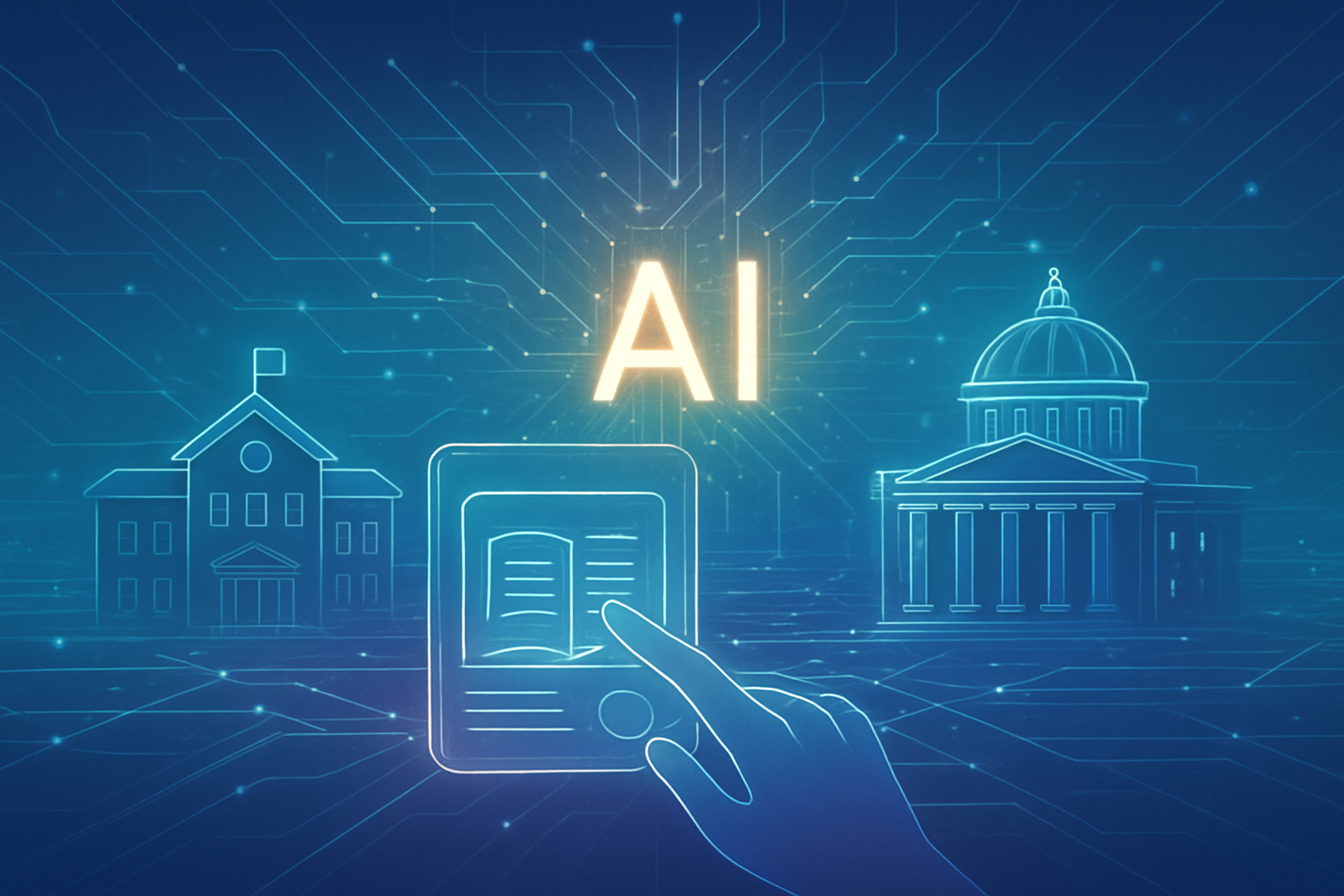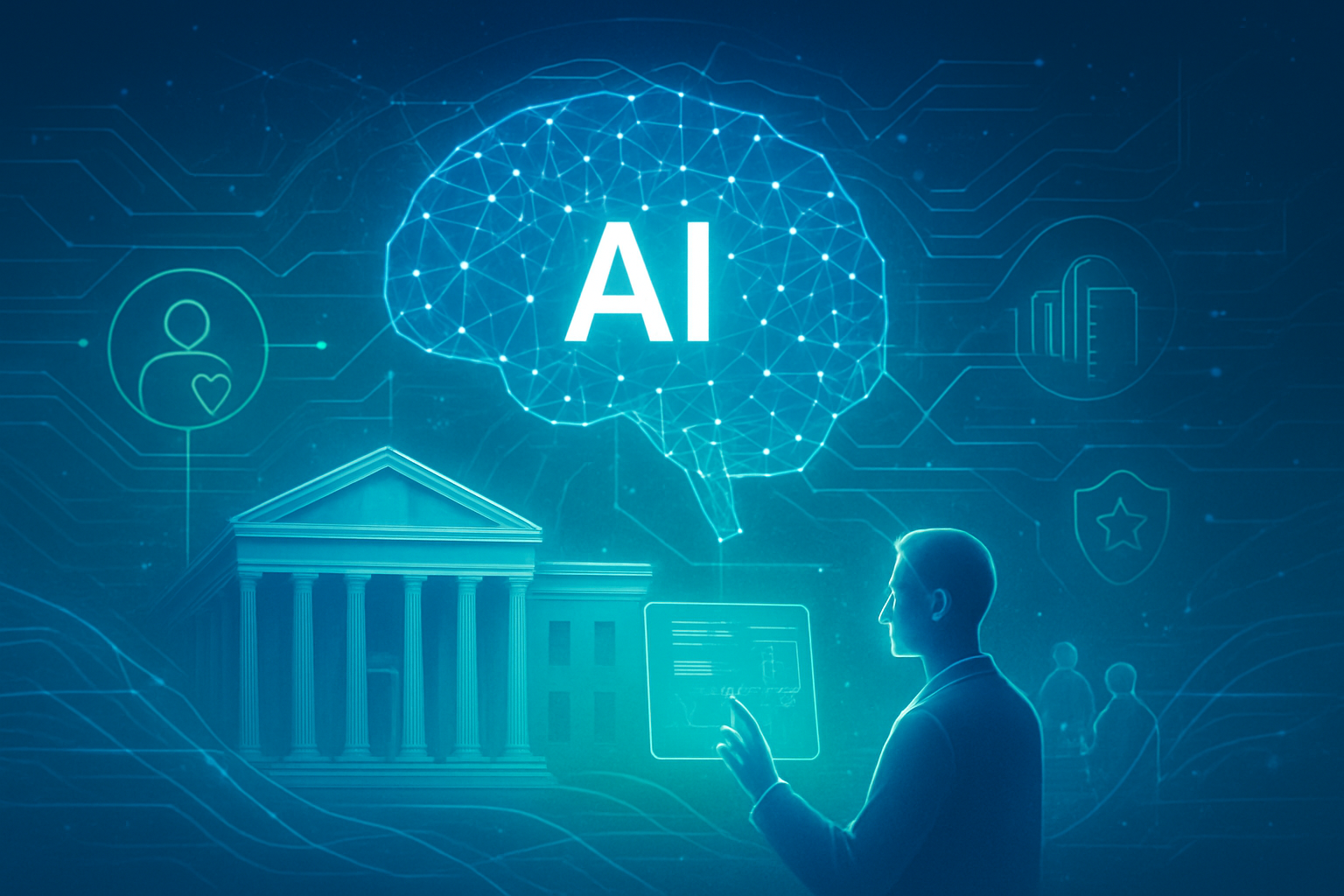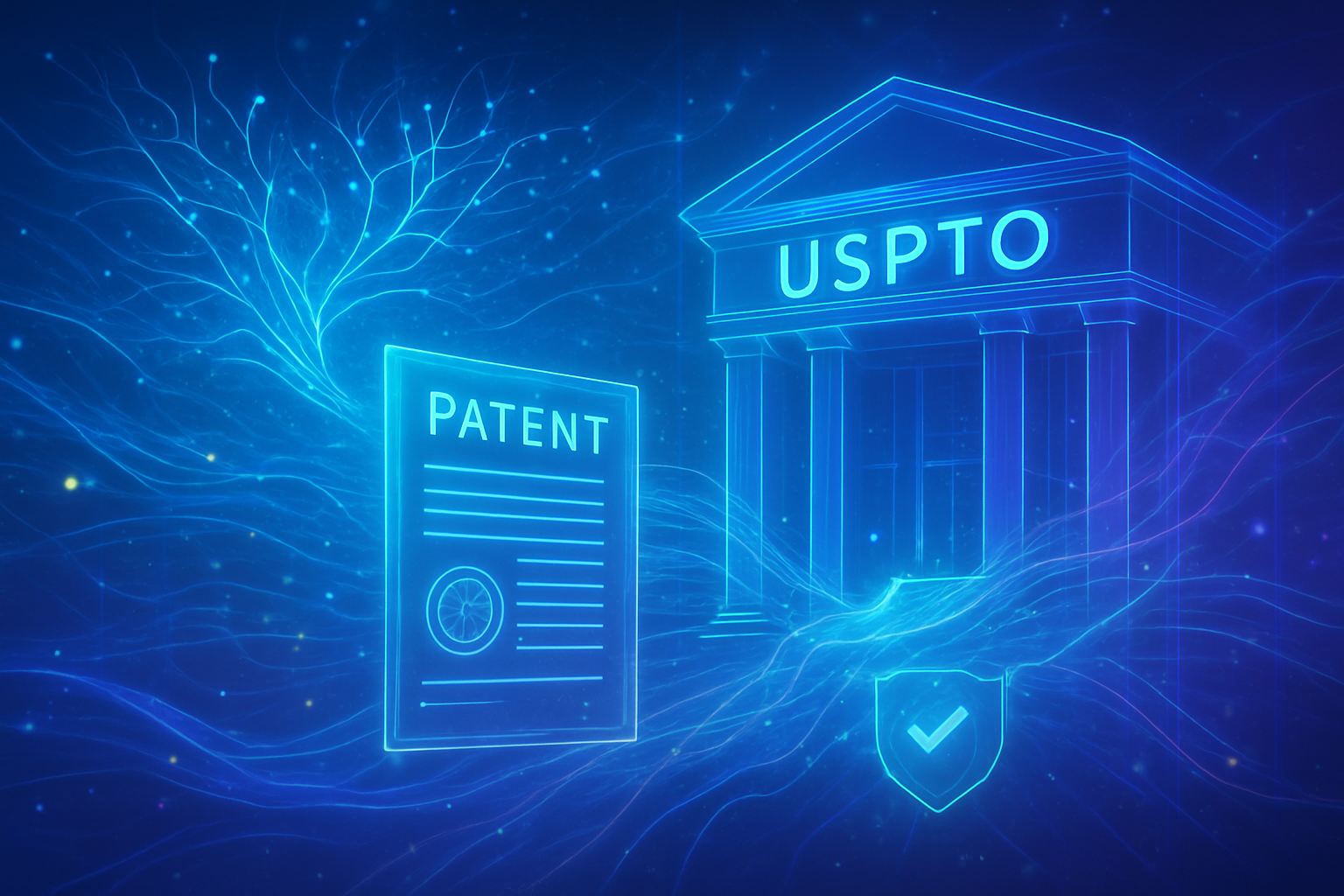Artificial intelligence, once a topic primarily relegated to the tech sector, has rapidly ascended to the forefront of political discourse, transforming into a potent "wedge issue" that is increasingly fracturing political parties from within, rather than merely dividing them along traditional ideological lines. As of December 1, 2025, this internal party fragmentation marks a critical juncture in the governance of AI, complicating policymaking and reshaping political strategies in an era defined by rapid technological change.
The immediate significance of AI as an intra-party divider lies in its multifaceted implications across economic, ethical, and national security domains. Unlike previous technologies that often presented clearer partisan battlegrounds, AI's pervasive nature challenges established ideological stances, forcing politicians to reconcile competing values among their own ranks. This internal friction leads to a fragmented policy landscape, where a cohesive national strategy is often elusive, paving the way for a patchwork of state-level regulations and hindering broader consensus on how to harness AI's potential while mitigating its risks.
The Cracks Within: Diverse Viewpoints and Driving Concerns
The internal political divisions over AI policy are deep and complex, driven by differing viewpoints on regulation, economic impact, ethical concerns, and national security, manifesting in conflicting legislative proposals and public statements.
Within the Republican Party in the U.S., a significant rift exists between those who champion minimal federal regulation to foster innovation and maintain competitiveness, often aligned with the "tech-right" faction, and a "populist MAGA contingent" that distrusts "Big Tech" and advocates for stronger state-level oversight to protect workers and children from potential harms. Former President Trump's push to prevent states from regulating AI to avoid a "patchwork of 50 State Regulatory Regimes" met resistance from this populist wing, leading to the removal of such a provision from a Republican tax and spending bill. This highlights the tension between market freedom and a desire for accountability for powerful tech entities. Concerns about job displacement due to automation and the environmental impact of energy-intensive AI data centers also contribute to these internal debates, creating unexpected bipartisan opposition at the local level.
The Democratic Party, while generally favoring stronger federal oversight, grapples with internal disagreements over the scope and burden of regulation. Progressive factions often seek comprehensive accountability for AI programming, prioritizing protections against algorithmic discrimination and advocating for transparency. In contrast, more moderate Democrats may prefer approaches that minimize burdens on businesses, treating AI services similarly to human-operated businesses, aiming for a balance that encourages responsible innovation. Debates in states like Colorado over modifications to pioneering AI regulation laws exemplify these internal tensions, with different Democratic lawmakers proposing competing measures to achieve either robust disclosure or simpler, existing business regulations.
Across the Atlantic, the Labour Party in the UK, now in government, has shifted towards a more interventionist approach, advocating for "binding regulation" for powerful AI models, aligning more with the EU's comprehensive AI Act. This contrasts with earlier cautious tones and emphasizes ethical safeguards against privacy invasion and discriminatory algorithms. The previous Conservative Party government, under Rishi Sunak, favored a "pro-innovation" or "light-touch" approach, relying on existing regulatory bodies and a principles-based framework, though even they faced challenges in brokering voluntary agreements between content rights holders and AI developers. These differing philosophies underscore a core tension within both parties: how to balance the imperative of technological advancement with the critical need for ethical guardrails and societal protection.
Corporate Crossroads: Navigating a Politically Charged AI Landscape
The emergence of AI as a political wedge issue profoundly impacts AI companies, tech giants, and startups, shaping their market positioning, competitive strategies, and operational challenges.
Large tech giants such as Alphabet (NASDAQ: GOOGL), Microsoft (NASDAQ: MSFT), Meta Platforms (NASDAQ: META), and Amazon (NASDAQ: AMZN) are generally better equipped to navigate this complex environment. Their vast legal and lobbying resources allow them to absorb high compliance costs and actively influence policy discussions, often advocating for unified federal frameworks that reduce the complexity of fragmented state-level regulations. These companies can strategically push for policies that align with their business models, potentially entrenching their market dominance and making it harder for smaller competitors to enter. Alliances between big tech and AI startups are already under scrutiny by antitrust authorities, raising concerns about anti-competitive practices.
Conversely, AI startups and mid-sized companies face significant disadvantages. The "patchwork" of state-level regulations in the U.S., combined with diverse global frameworks like the EU AI Act, imposes substantial compliance burdens that can stifle innovation and growth. Lacking the extensive legal and lobbying power of giants, these smaller entities find it challenging to adapt to varying rule sets, often requiring expensive external advisors. This regulatory friction can slow product development and launch cycles due to extensive compliance reviews. Companies focused on open-source AI may also find themselves at a disadvantage if regulatory trends favor proprietary models, depending on policy shifts.
The competitive landscape is becoming increasingly uneven. Political divisions contribute to an environment where regulatory outcomes can favor established players, potentially leading to increased market concentration. Furthermore, the global divergence in AI policy, particularly between the U.S. and the EU, could force American developers to create distinct and costly product lines to comply with different market demands—for instance, a "Gov-AI" for federal contracts and models sensitive to fairness and DEI for global consumer markets. This not only impacts competitiveness but also raises questions about the global interoperability and ethical alignment of AI systems. Market volatility due to regulatory uncertainty also impacts AI stock valuations and investor confidence, forcing companies to be more cautious in their AI deployments.
A New Frontier of Division: Broader Significance and Concerns
AI's emergence as a political wedge issue signifies a critical juncture where advanced technology directly impacts the foundational elements of democracy, fitting into broader AI trends that highlight concerns about governance, ethics, and societal impact.
This phenomenon is distinct from, yet shares some parallels with, previous technological milestones that became politically divisive. The most direct comparison is with social media platforms, which, in the last decade, also reshaped democracy by enabling the rapid spread of misinformation and the formation of echo chambers. However, AI amplifies these concerns "faster, at scale, and with far less visibility" due to its capacity for autonomous content generation, hyper-personalization, and undetectable manipulation. While historical communication technologies like the printing press, radio, and television expanded the reach of human-created messages, AI introduces a new level of complexity by creating synthetic realities and targeting individuals with persuasive, customized content, posing a qualitatively different challenge to truth and trust.
The broader impacts and potential concerns are substantial. AI algorithms, particularly on social media, are designed to personalize content, inadvertently creating "echo chambers" that deepen political polarization and make it challenging to find common ground. This amplification of confirmation bias, coupled with the potential for geopolitical biases in Large Language Models (LLMs), exacerbates international and domestic divides. The proliferation of convincing AI-generated misinformation and deepfakes can severely erode public trust in media, electoral processes, and democratic institutions. When truth becomes contested, citizens may disengage or rely more heavily on partisan heuristics, further exacerbating polarization. This also creates a "liar's dividend," where bad actors can dismiss authentic evidence as fake, undermining accountability and democratic institutions. The increasing susceptibility of countries to AI-generated interference, particularly during election years, is a grave concern, with AI being used for content creation, proliferation, and hypertargeting.
The Road Ahead: Future Developments and Challenges
The future of AI policy and regulation is marked by a continued scramble to keep pace with technological advancements, with both near-term and long-term developments shaping the landscape.
In the near term (2025-2028), the EU AI Act, having entered into force in August 2024, will see its provisions phased in, with rules for General-Purpose AI (GPAI) models and high-risk systems becoming increasingly applicable. The newly established EU AI Office will be central to its oversight. In the United States, a fragmented approach is expected to persist, with potential shifts in federal guardrails under a new administration, possibly weakening existing executive orders while states intensify their own regulatory activities. Globally, countries like Canada, China, and India are also advancing their own frameworks, contributing to a diverse and often inconsistent international legal landscape. A global trend towards risk-based regulation, imposing stricter compliance expectations on high-risk domains like healthcare and finance, is evident.
Longer term (beyond 2028), risk-based regulatory frameworks are expected to be further refined and adopted globally, leading to more harmonized, tiered compliance models. There will be a sustained focus on developing sector-specific recommendations and regulations to address unique challenges in diverse fields. Future frameworks will need to be increasingly adaptive and flexible to avoid obsolescence, likely involving more agile regulatory approaches. While efforts for international cooperation on AI ethics and governance will continue, achieving true cross-border consensus and harmonized global standards will remain a significant long-term challenge due to diverse national priorities and legal traditions.
Numerous challenges persist. The "pacing problem"—where rapid technological change outstrips legislative processes—remains paramount. Defining AI and its scope for regulation, establishing clear lines of liability and accountability for autonomous systems, and balancing innovation with necessary safeguards are ongoing struggles. The lack of global consensus leads to fragmentation, complicating operations for AI companies. Furthermore, addressing algorithmic bias, ensuring data privacy, improving transparency and explainability of "black box" models, and preparing for the workforce transformation due to AI adoption are critical issues that demand proactive policy solutions. Experts predict a continued regulatory scramble, the dominance of risk-based approaches, heightened state-level activity in the U.S., and a growing focus on AI agent governance and catastrophic risks.
A Defining Moment: Wrap-Up and Outlook
AI's transformation into a political wedge issue represents a defining moment in its history, underscoring its profound and often disruptive impact on society and governance. The key takeaway is that AI's complexity prevents its neat categorization along existing political divides, instead forcing internal reckonings within parties as they grapple with its multifaceted implications. This internal friction complicates policymaking, impacts electoral strategies, and signals a more nuanced and potentially fragmented political landscape in the age of AI.
The significance of this development cannot be overstated. It highlights the urgent need for robust, adaptive, and ethically grounded governance frameworks that can keep pace with AI's rapid evolution. Failure to effectively address these internal party divisions could lead to regulatory paralysis, increased public distrust, and a less secure and equitable AI future.
In the coming weeks and months, watchers should observe how political parties attempt to unify their stances on AI, particularly as major elections approach. The development of state-level AI regulations in the U.S. will be crucial, as will the implementation and enforcement of the EU AI Act. Pay close attention to how tech companies adapt their strategies to navigate this complex and often contradictory regulatory environment, and whether internal industry disagreements (e.g., between proponents of proprietary vs. open-source AI) further influence policy outcomes. The ongoing debate over balancing innovation with safety, and the ability of policymakers to forge bipartisan consensus on critical AI issues, will ultimately determine the trajectory of AI's integration into our world.
This content is intended for informational purposes only and represents analysis of current AI developments.
TokenRing AI delivers enterprise-grade solutions for multi-agent AI workflow orchestration, AI-powered development tools, and seamless remote collaboration platforms.
For more information, visit https://www.tokenring.ai/.









